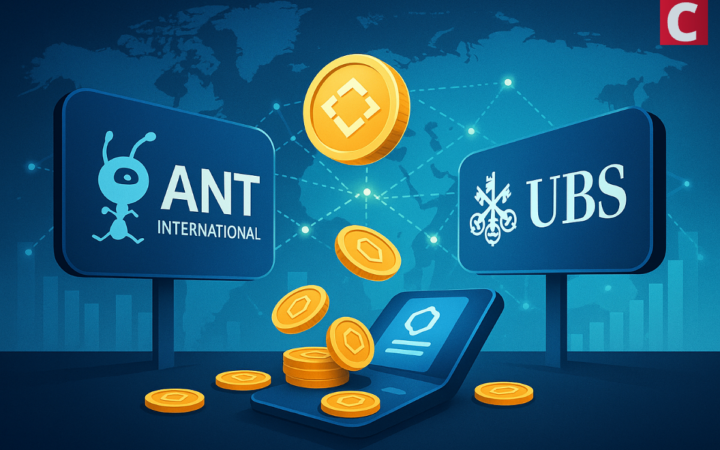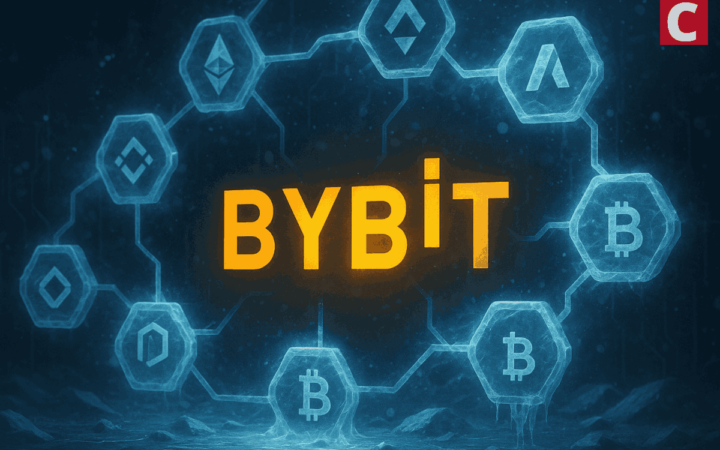As the blockchain finds its way into more and more industries, it couldn’t have passed by data storage. This technology suits perfectly for storing small amounts of data – like hashes and transactions – and ensures its transparency and immutability. Encryption and personal keys protect the information, and timestamps can be useful if we need to validate its origin and intellectual rights ownership.
During the ten years of blockchain-development, two approaches to data storage emerged. One is to keep all information on-chain, inside the blocks. Another – to use outer storage, moving the best part of the data off-chain. While using on-chain storage without resorting to any additional databases seems easiest, a growing number of projects choose off-chain storage. What are their reasons? To answer that, let’s have a closer look at both approaches.
On-chain and Off-chain: For and Against
Cost-effectiveness is the main argument of the advocates of the off-chain approach, but it has many more advantages. If the size of the file we are storing on-chain exceeds the block size limit, the information will have to be split between several blocks – with commissions for each of them adding up to the total cost of file storage. If we use off-chain storage, though, we can increase the database capacity as much as we like. The network speed does not get affected, and, in addition to all the above, these systems will require way less background support. These are the key reasons why most of the blockchain projects choose to store their data outside the blockchain.
However, off-chain solutions tend to have a weak spot, which is safety. The moment our data gets out of the blockchain, we immediately lose in security. Moving the files off-chain means that external storage will handle it – and the more intermediaries, the less safe it is. With all their network speed and easy management, in this aspect, the on-chain solutions leave their off-chain counterparts far behind. And security is vital when it comes to storing sensitive personal and business data.
Besides that, I believe in thinking long-term. When a new technology is born, it’s often not too cost-effective at first. We’ve seen that happen with computers, smartphones, mobile and internet plans, cloud data storage services… the list goes on and on. It takes some time and refining before the technology becomes really accessible for everyone, but then it’s everywhere. Yes, the on-chain approach to blockchain-based data storage might still have a number of issues – but we should consider the opportunities it offers.
What Does It Take to Build a Perfect Data Storage?
When creating a data storage solution, it’s important to combine safety and efficiency. The security of on-chain solutions is mostly defined by the level of their network security and the quality of encryption. If the blockchain itself is well-protected, so will be the integrity of the data. However, if we want to build working on-chain storage with a high level of usability, we also need to address the problems that limit the efficiency of this approach: scalability and block size.
When it comes to increasing the volume of data and upscaling networks, a certain number of difficulties appear. Block size limited by several megabytes might have sounded like a lot a decade back – but it doesn’t anymore. An average photo taken by a smartphone is around 3-4 Mb, which is 3-4 times the BTC block size limit.
With all said above, having a large enough block is essential. But simply enlarging the block size would mean slowing down transactions, putting more strain on the network, and possibly leading to its congestion. This is why, until this time, blockchain-based projects had to sacrifice either tx speed or the block size, or choose off-chain solutions.
Blockchain, Remastered
At ILCoin, we realized that to solve this issue, we had to think out of the box and change the very structure of our network. Right now, we are preparing for the test stage for our new protocol called RIFT. This is a two-layer solution designed to retain efficiency and increase block size at the same time. To achieve that, we use two levels of blocks: normal blocks and mini-blocks. Both levels have their own block numeration, synchronize apart from one another, and are connected by references.
This unique architecture gives our network a lot of potential when it comes to scalability, fast transaction speed, and the ability to efficiently deal with large blocks. We’ve already tested 1,5 GB blocks – they proved to be stable, and the network didn’t get slowed down a bit. At the moment, our developer team is working on increasing the block size limit to 5 GB and preparing for the release in the second part of November.
RIFT is the key step in the long process of making cost-effective on-chain data storage a reality. In particular, after its release, we will start working on DCB – our multi-purpose platform that will feature customizable smart contracts, digital wallets, universal data storage, and many more useful functions. We think it’s an important milestone for the whole industry, and we are proud to play this part in blockchain development.
Disclaimer: Coinspeaker is committed to providing unbiased and transparent reporting. This article aims to deliver accurate and timely information but should not be taken as financial or investment advice. Since market conditions can change rapidly, we encourage you to verify information on your own and consult with a professional before making any decisions based on this content.

Norbert Goffa graduated from the University of Pecs, Hungary, with a Master’s degree in Management. Over the last 15 years, he proved himself a successful business builder with a flair for what the market needs most. Norbert's core competences lie in business development, communication, crisis management, marketing, and sales. Norbert joined ILCoin Blockchain Project team in 2017. An expert analyst and a visionary, he explores the ways of how the blockchain technology could improve the existing industries, including crypto, education, finance, logistics, medicine, and many more.





